4-Amino-2-nitrophenol
Synonym(s):4-Hydroxy-3-nitroaniline
- CAS NO.:119-34-6
- Empirical Formula: C6H6N2O3
- Molecular Weight: 154.12
- MDL number: MFCD00007876
- EINECS: 204-316-1
- SAFETY DATA SHEET (SDS)
- Update Date: 2025-12-17 09:50:38
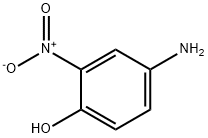
What is 4-Amino-2-nitrophenol?
Chemical properties
DARK BROWN FINE CRYSTALLINE POWDER
Chemical properties
4-Amino-2-nitrophenol is a dark red crystalline or reddish-purple solid.
The Uses of 4-Amino-2-nitrophenol
4-Amino-2-nitrophenol has been used in dyeing human hair and animal fur. The typical concentration in the “semipermanent” hair dyes was estimated to be on the order of 0.1–1.0%.
The Uses of 4-Amino-2-nitrophenol
4-Amino-2-nitrophenol was used in determination of aminonitrophenols in hair dyes by differential pulse voltammetry and HPLC with electrochemical detection. It is commonly used as semipermanent (nonoxidative) hair colorant and toner in permanent (oxidative) hair dye products.
Definition
ChEBI: 4-Amino-2-nitrophenol is a member of 2-nitrophenols.
General Description
Dark red plates, needles or reddish-purple powder. Melting point 125-127°C.
Air & Water Reactions
Sensitive to oxidation upon prolonged exposure to air. Insoluble in water.
Reactivity Profile
4-Amino-2-nitrophenol may react with strong oxidizing agents, strong bases, acid chlorides and acid anhydrides .
Fire Hazard
Flash point data for 4-Amino-2-nitrophenol are not available. 4-Amino-2-nitrophenol is probably combustible.
Safety Profile
Suspected carcinogen with experimental carcinogenic data. Very poisonous by intraperitoneal route. Moderately toxic by ingestion. A severe eye heated to decomposition it emits toxic fumes of NOx.
Potential Exposure
In dye formulation for furs and hair
Carcinogenicity
Under the conditions of the bioassay, the compound was carcinogenic in male rats inducing transitional cell carcinomas of the urinary bladder (controls 0/15, lowdose 0/46, high dose 11/39). The same tumor was also observed in three dosed female rats and may have been associated with the administration of the chemical. No evidence of carcinogenic activity was found in the mice.
Shipping
UN2811 Toxic solids, organic, n.o.s., Hazard Class: 6.1; Labels: 6.1-Poisonous materials, Technical Name Required. UN3143 Dyes, solid, toxic, n.o.s. or Dye intermediates, solid, toxic, n.o.s., Hazard Class: 6.1; Labels: 6.1-Poisonous materials, Technical Name Required
Incompatibilities
Incompatible with oxidizers (chlorates, nitrates, peroxides, permanganates, perchlorates, chlorine, bromine, fluorine, etc.); contact may cause fires or explosions. Keep away from alkaline materials, strong bases, strong acids, oxoacids, epoxides. It is unknown if this nitro compound is explosive; some are flammable and explosive, and the contact with alkali increases thermal sensitivity of these materials.
Properties of 4-Amino-2-nitrophenol
| Melting point: | 125-127 °C(lit.) |
| Boiling point: | 322.46°C (rough estimate) |
| Density | 1.3617 (estimate) |
| refractive index | 1.6890 (rough estimate) |
| storage temp. | 2-8°C(protect from light) |
| Colour Index | 76555 |
| form | neat |
| pka | 7.90±0.14(Predicted) |
| color | Orange to Brown to Dark red |
| Water Solubility | <0.01 g/100 mL at 21 ºC |
| BRN | 1368435 |
| CAS DataBase Reference | 119-34-6(CAS DataBase Reference) |
| IARC | 3 (Vol. 16, Sup 7) 1987 |
| EPA Substance Registry System | 4-Amino-2-nitrophenol (119-34-6) |
Safety information for 4-Amino-2-nitrophenol
| Signal word | Warning |
| Pictogram(s) |
 Exclamation Mark Irritant GHS07 |
| GHS Hazard Statements |
H302:Acute toxicity,oral |
Computed Descriptors for 4-Amino-2-nitrophenol
New Products
4,4-Difluoropiperidine hydrochloride tert-butyl 9-methoxy-3-azaspiro[5.5]undecane-3-carboxylate Indole Methyl Resin N-Isopropylurea N,N-Dicyclohexylcarbodiimide(DCC) MELDRUMS ACID 5-METHYLISOXAZOLE-4-CARBOXYLIC ACID Magnessium Bis glycinate Zinc ascorbate 1-bromo-2-butyne 2-acetamidophenol 9(10H)-anthracenone Erythrosin B, 4-Piperidinopiperidine 2-((4-morpholinophenylamino) (methylthio) methylene) malononitrile 2,4-dihydroxybenzaldehyde 3-(4-morpholinophenylamino)-5-amino-1H-pyrazole-4-carbonitrile Methyl 2-methylquinoline-6-carboxylate 2,6-dichloro-4-nitropyridine 4-Bromo-2-chlorobenzonitrile 2-(benzylamino)acetic acid hydrochloride 4-(tert-Butoxycarbonylamino)but- 2-ynoic acid 3,4-dihydro-2H-benzo[b][1,4]dioxepine 1-Phenyl-1-cycloprppanecarboxylicacidRelated products of tetrahydrofuran
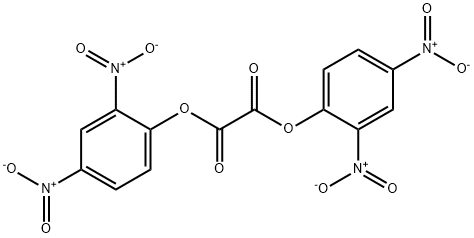
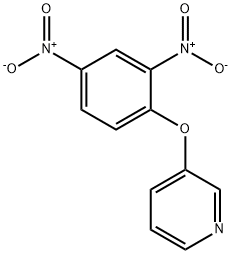
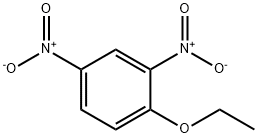
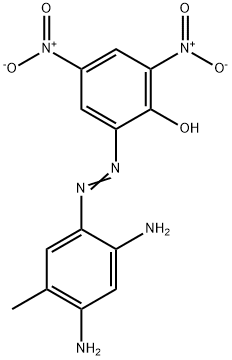
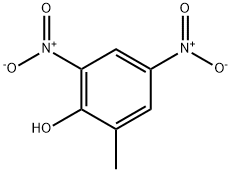
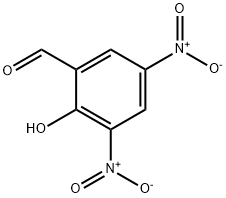
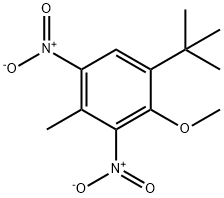
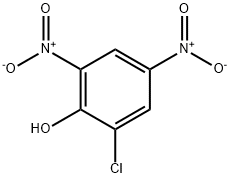
You may like
-
 119-34-6 4-amino-2-nitrophenol 98%View Details
119-34-6 4-amino-2-nitrophenol 98%View Details
119-34-6 -
 4-Amino-2-nitrophenol CAS 119-34-6View Details
4-Amino-2-nitrophenol CAS 119-34-6View Details
119-34-6 -
 4-Amino-2-nitrophenol CAS 119-34-6View Details
4-Amino-2-nitrophenol CAS 119-34-6View Details
119-34-6 -
 3-(4-amino-1-oxoisoindolin-2-yl)-1-methylpiperidine-2,6-dione 98%View Details
3-(4-amino-1-oxoisoindolin-2-yl)-1-methylpiperidine-2,6-dione 98%View Details -
 20677-73-0 (2,2-diethoxyethyl)methylamine 98%View Details
20677-73-0 (2,2-diethoxyethyl)methylamine 98%View Details
20677-73-0 -
 3-(4-(hydroxyamino)-1-oxoisoindolin-2-yl)piperidine-2,6-dione 98%View Details
3-(4-(hydroxyamino)-1-oxoisoindolin-2-yl)piperidine-2,6-dione 98%View Details -
 57381-49-4 2-bromo-4-chlorobenzonitrile 98%View Details
57381-49-4 2-bromo-4-chlorobenzonitrile 98%View Details
57381-49-4 -
 4,6-dichloropyrimidine-5-carbaldehyde 98%View Details
4,6-dichloropyrimidine-5-carbaldehyde 98%View Details
5305-40-8
